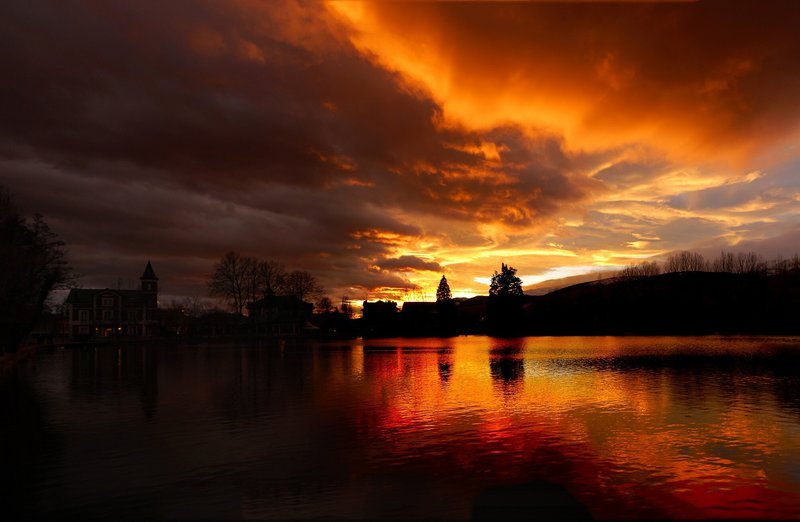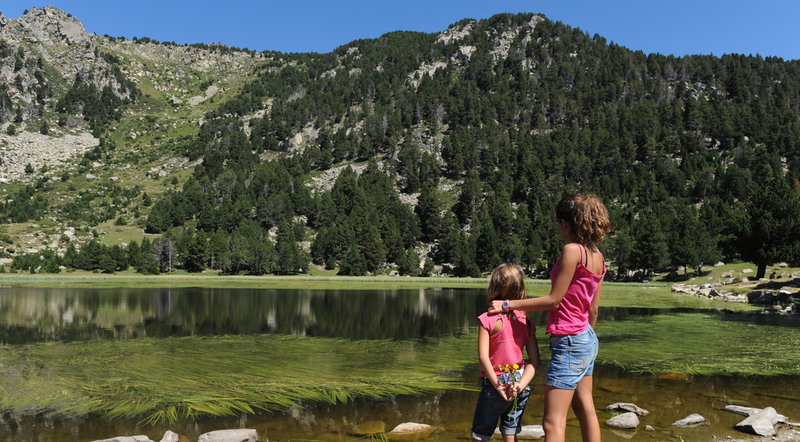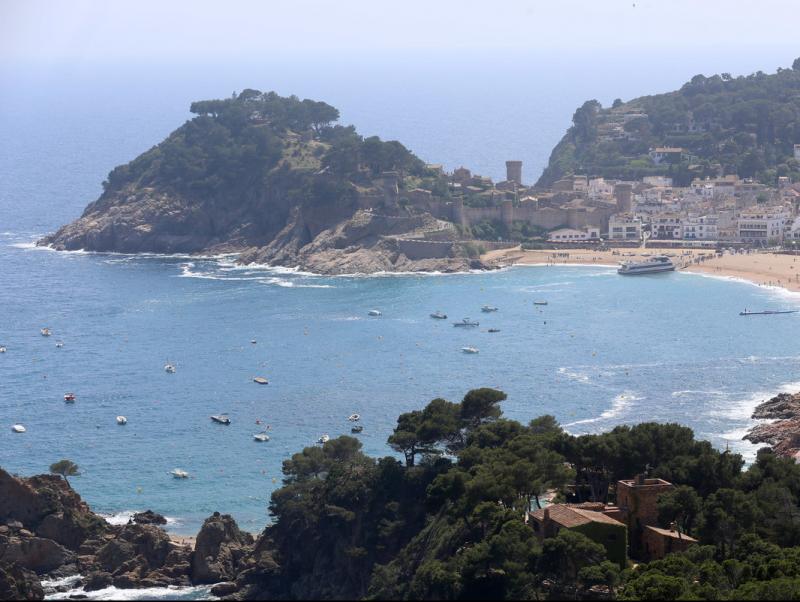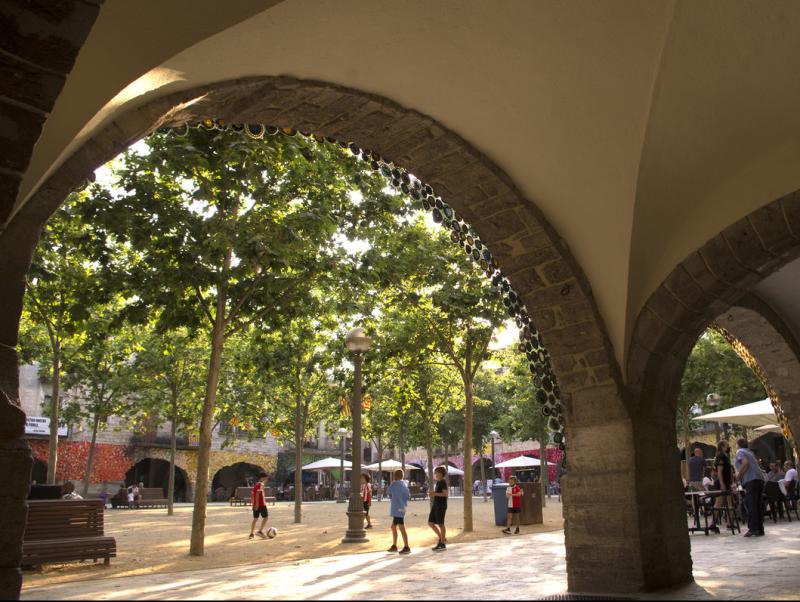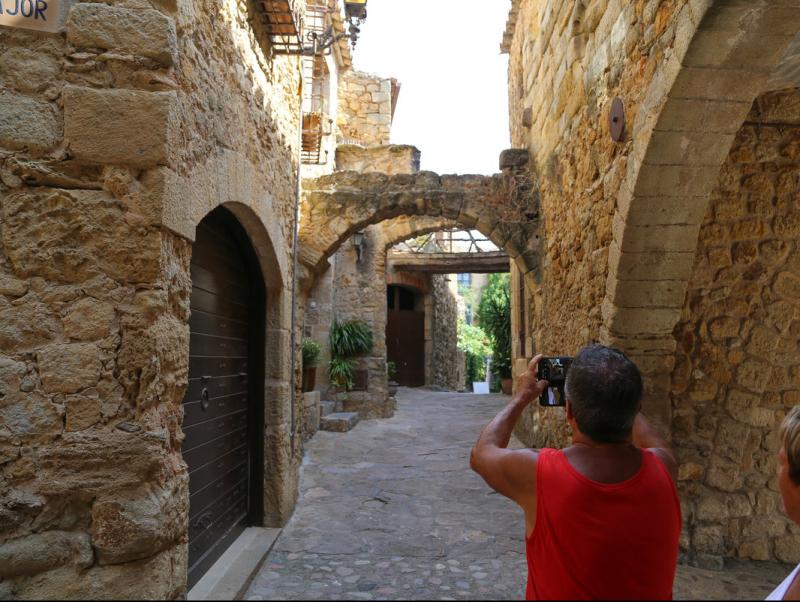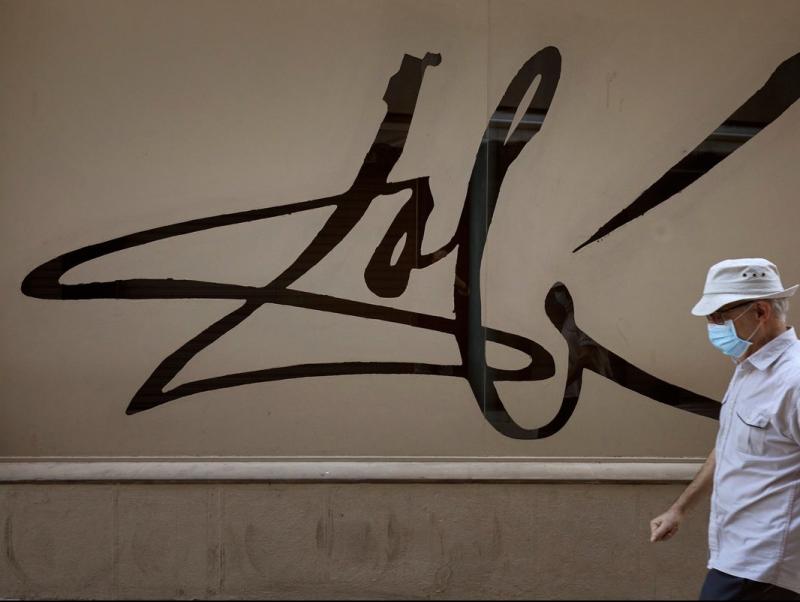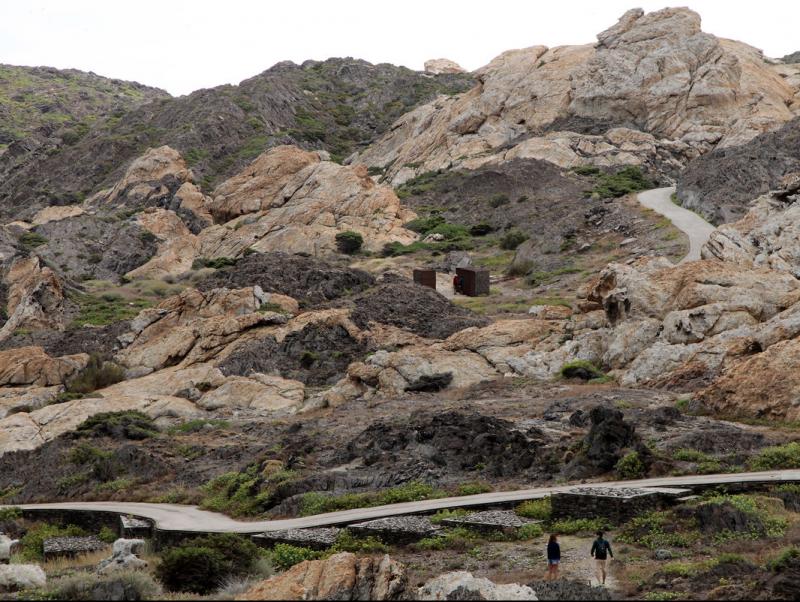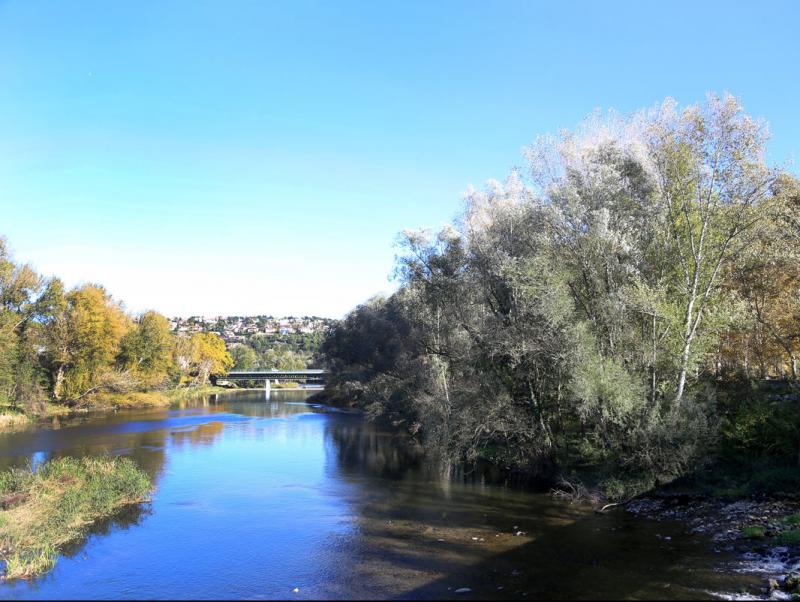Cerdanya: the great valley of the Pyrenees
Josep Pla wrote: “La Cerdanya is one of the most beautiful, finest counties in Catalonia. It is a large bowl, structured on the course of the Segre, with the quirky feature of dropping slightly, gently, from east to west, in an inclined plane. It is not a large sunken valley, but a reclining valley. Surrounded by high mountains of around three thousand metres high, La Cerdanya is not depressing, like so many places in the Pyrenees, on the contrary it produces a feeling of breadth, of elevation, of luminosity, of freedom.”
Although it is divided between Girona and Lleida, and part of it is in France, we can speak of a unity of culture and landscape in La Cerdanya that makes the visitor feel integrated in this land with its own personality.
The plain, which forms one of the widest valleys in Europe, borders France and Andorra and is where the most important peaks in the region are to be found, such as Puigpedrós (2914 m). Also there is La Baga plain, the confluence of the Pyrenees’ Axial Zone and the pre-Pyrenees, providing the region with its idiosyncrasy and creating a climate that straddles the Atlantic and the Mediterranean climates. La Cerdanya gets over 3,000 hours of sun a year, making it ideal for hiking, but also with enough snow for plenty of skiing.
For the more adventurous there are plenty of challenges, such as climbing Puigmal to get to the peak of Tossa d’Alp. But visitors can also lose themselves in the Vall de la Llosa, a valley whose nature is protected and which has such interesting areas as the Muga lakes. Fans of Romanesque culture can explore local churches, such as the 12th century Sant Esteven church in Guils, or Santa Cecília in Bolvir. In this town, we can learn about the pre-Roman ancient people known as the Ceretani at the Espai Ceretània museum, which explains the archaeological heritage of La Cerdanya.
Then there is Puigcerdà, the region’s capital, with its lake, Schierbeck Park, the Cerdà Museum, the Town Hall square, and the Sant Domènech convent. Finally, the local cuisine deserves a mention, which boasts such dishes as the mash made of potatoes, cabbage and pork known as trinxat, wild mushroom pie, or duck with black turnips.
The special case of Llívia
The Treaty of the Pyrenees from 1659 left the town of Llívia part of Spain despite being geographically located in France. The unique enclave offers many possibilities for visitors, including Roman remains, a castle, and the Municipal Museum. Small though it is, Llívia also boasts the Esteva chemist shop, which is one of the oldest in Europe, the Our Lady of the Angels church and the Bernat de So tower.

